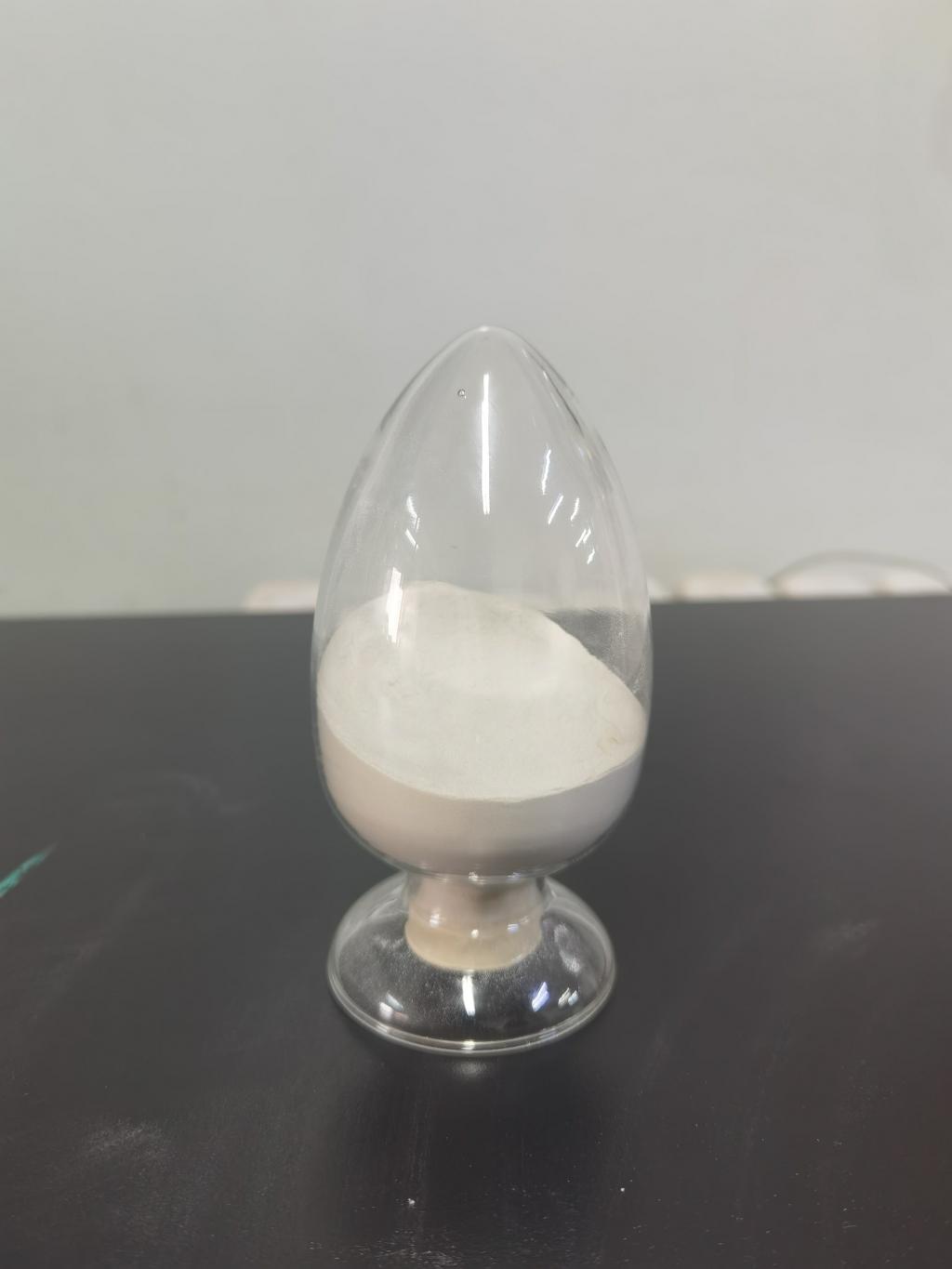Tel:+8618231198596

News
 CONTACT
CONTACT
 CONTACT
CONTACT
- Linkman:Linda Yao
- Tel: +8618231198596
- Email:linda.yao@dcpharma.cn
- Linkman:CHARLES.WANG
- Department:Overseas
- Tel: 0086 0311-85537378 0086 0311-85539701
News
Nisin-based coatings for food packaging innovation.
TIME:2023-08-01
The Science of Nisin:
Nisin is a bacteriocin, a class of antimicrobial peptides produced by bacteria to inhibit the growth of competing microorganisms. Discovered in the 1920s, nisin has been extensively studied for its safety and effectiveness in food applications. It is particularly effective against Gram-positive bacteria, including common foodborne pathogens like Listeria monocytogenes and Staphylococcus aureus.
Nisin-Based Coatings:
Incorporating nisin into food packaging materials offers an innovative way to provide active protection against microbial contamination. Nisin-based coatings can be applied to various packaging substrates, such as plastics, films, and papers. The coating is designed to release nisin gradually, creating a controlled antimicrobial environment that extends the shelf life of packaged products.
Advantages of Nisin-Based Coatings:
Improved Food Safety: Nisin's antimicrobial activity helps prevent the growth of harmful bacteria, reducing the risk of foodborne illnesses and enhancing food safety.
Prolonged Shelf Life: The controlled release of nisin in food packaging inhibits spoilage microorganisms, thus extending the shelf life of perishable goods.
Natural and Safe: Nisin is a naturally occurring peptide, making it an attractive alternative to synthetic preservatives. It is generally regarded as safe (GRAS) by regulatory authorities for use in food applications.
Reduced Food Waste: By preserving the quality and freshness of food products, nisin-based coatings can contribute to the reduction of food waste throughout the supply chain.
Environmentally Friendly: Nisin-based coatings offer a more sustainable approach to food packaging, reducing the need for synthetic preservatives and their associated environmental impact.
Challenges and Limitations:
Despite the promising potential of nisin-based coatings, there are some challenges that need to be addressed:
Cost: Currently, nisin can be relatively expensive compared to conventional preservatives. Large-scale production and optimization processes are required to make it more cost-effective.
Compatibility: Nisin's effectiveness may vary depending on the food matrix and packaging material. Ensuring compatibility and efficacy across different products will be crucial for widespread adoption.
Regulatory Approval: While nisin is generally considered safe, obtaining regulatory approvals for its use in food packaging may require additional testing and documentation.
Shelf Life Stability: Maintaining nisin's stability and activity throughout the packaging's lifespan is essential to ensure consistent antimicrobial protection.
Current Applications:
Several companies and research institutions have already started exploring nisin-based coatings for food packaging. These applications span a wide range of perishable products, including dairy, meat, seafood, bakery items, and fresh produce.
Future Prospects:
The future of nisin-based coatings in food packaging looks promising. Researchers are actively working on optimizing production methods, enhancing compatibility with various packaging materials, and improving cost-effectiveness. Additionally, collaborations between academia, industry, and regulatory bodies will play a crucial role in expediting the adoption of this innovative technology.
Conclusion:
Nisin-based coatings present an exciting opportunity for revolutionizing food packaging. As consumers become increasingly conscious of food safety, quality, and sustainability, such innovations are essential for meeting market demands. Overcoming the challenges and limitations associated with nisin-based coatings will pave the way for safer, longer-lasting, and environmentally friendly food packaging solutions in the years to come.
- Tel:+8618231198596
- Whatsapp:18231198596
- Chat With Skype







